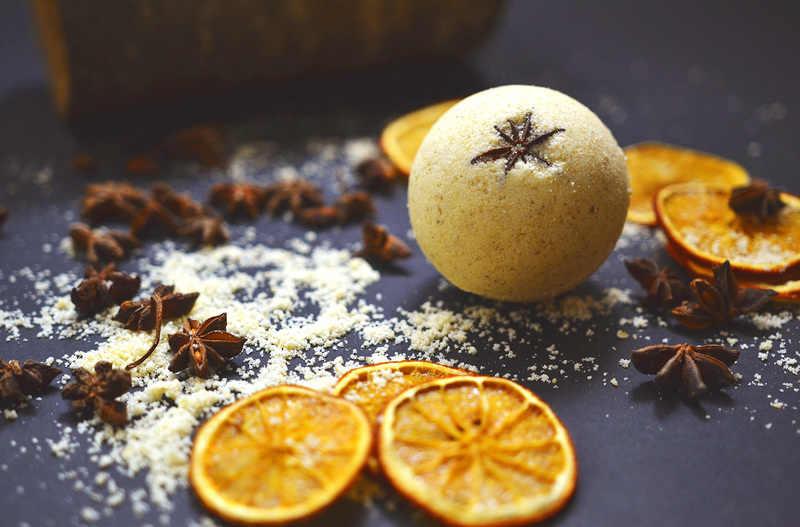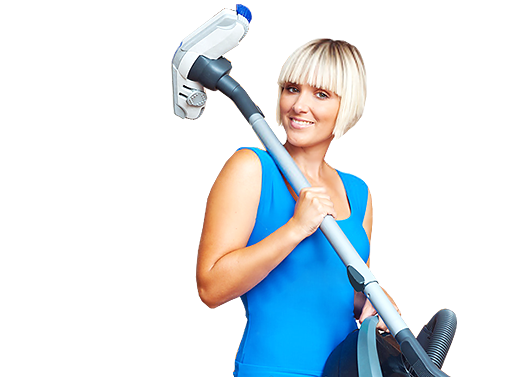Mold-Free Bathroom Secrets You Need to Know
Posted on 31/08/2025
Mold-Free Bathroom Secrets You Need to Know
Maintaining a mold-free bathroom isn't just about cleanliness--it's also about ensuring the safety and well-being of your family. Mold thrives in warm, humid environments, and unfortunately, bathrooms provide the perfect breeding ground. If you've struggled to keep mold at bay, don't worry! This comprehensive guide will reveal expert secrets for preventing mold in your bathroom, keeping your space fresh, healthy, and sparkling clean.
Why Mold Grows in Bathrooms
Before diving into strategies for a mold-free bathroom, it's essential to understand why mold is such a common problem in bathrooms. Mold spores are present everywhere, but they require moisture and organic material to grow. Bathrooms provide both:
- High Humidity: Hot showers and baths create steamy, damp air.
- Poor Ventilation: Inadequate airflow allows moisture to linger.
- Organic Matter: Soap scum, skin cells, and even dust can feed mold.
When these factors align, mold can grow on shower tiles, grout, ceilings, floors, and even behind walls. Beyond being an eyesore, mold can trigger allergies, asthma, and other health issues--so prevention is crucial.

Bust These Mold Prevention Myths
There are plenty of myths about eliminating bathroom mold. It's time to separate fact from fiction:
-
Myth 1: "A quick wipe-down will stop mold."
Reality: While cleaning helps, persistent moisture lets mold spores thrive. More is needed! -
Myth 2: "Only old bathrooms get mold."
Reality: Even new spaces are vulnerable if ventilation is poor or leaks develop. -
Myth 3: "Bleach kills all mold."
Reality: Bleach may remove visible mold, but often fails to penetrate porous materials.
Top Secrets for a Mold-Free Bathroom
1. Master Moisture Control
The number one secret to a mold-free bathroom is managing moisture.
- Install a High-Quality Exhaust Fan: Choose a fan rated for your bathroom size and use it during and after showers for at least 20 minutes.
- Open Windows: If possible, open windows to increase ventilation.
- Leave the Door Open: Allow air to circulate, especially after bathing.
- Dry Surfaces: Use a squeegee to remove water from shower walls, tubs, and doors after each use.
Bonus Tip: Consider using a dehumidifier if you live in an area with high humidity.
2. Eliminate Water Leaks Promptly
Unchecked leaks are a mold magnet. Inspect your bathroom routinely for leaks in:
- Pipes under sinks and behind toilets
- Shower heads and faucet fixtures
- Caulking around tubs, showers, windows, and baseboards
If you find a leak, repair it immediately! Lingering moisture can quickly turn into a mold nightmare.
3. Use Mold-Resistant Products
In your quest for a mold-free bathroom, product selection matters. Modern building materials offer extra protection:
- Mold-Resistant Drywall: Use greenboard or cement board in bathroom renovations.
- Waterproof Paint: Apply a mildew-resistant primer and bathroom-specific paint on ceilings and walls.
- Grout and Caulk Sealers: Reseal tile grout and caulk joints every 6-12 months to block moisture intrusion.
4. Practice Smart Cleaning Habits
- Bathroom Cleaning Routine: Clean tiles, grout, and fixtures weekly with a mold-inhibiting cleaner.
- Shower Curtains and Liners: Wash or replace regularly. Opt for mildew-resistant materials when possible.
- Wipe Down After Use: Quick daily wipes of sinks, counters, and tub rims reduce mold risk dramatically.
5. Store Items the Mold-Free Way
Clutter traps moisture and encourages hidden mold. Keep your bathroom organized by:
- Hanging Towels to Dry: Don't pile damp towels; spread them out to air dry quickly.
- Using Storage Baskets: Minimize items left on counters and floors.
- Removing Bath Mats to Dry: Hang them up after use--don't let them sit damp on the floor.
Advanced Mold Prevention Secrets
Upgrade Your Bathroom Design
If you're renovating, consider these pro-level mold-busting design features:
- Walk-In Showers: Fewer curtains or doors mean fewer surfaces for mold to grow.
- Large Porcelain Tiles: Minimize grout lines, which mold loves to hide in.
- Open Shelving: Increases airflow and makes cleaning easier.
Natural Mold Stoppers
- White Vinegar: Spray undiluted vinegar on problem areas, let sit for an hour, and scrub away mold. Vinegar prohibits mold growth without toxic fumes.
- Baking Soda: Mix with water to create a scrubbing paste for grout and tiles.
- Tea Tree Oil: Natural and antifungal--mix a few drops with water in a spray bottle and treat problem areas.
Common Bathroom Mold Hotspots
Knowing where to look is half the battle. The most common places for mold to hide in a bathroom include:
- Behind and beneath the toilet
- In tile grout and silicone caulking
- Underneath bottles and toiletries on flat surfaces
- On shower curtains and liners
- On bathroom ceilings, especially in corners
- Inside exhaust vent covers
- Under bath mats or rugs
Regular inspections in these areas can help you catch mold early.
How to Remove Existing Mold Safely
If you spot any mold, don't panic--just act quickly and safely with these steps:
- Wear Gloves and a Mask: Protect yourself from airborne spores and harsh cleaners.
- Ventilate the Space: Open windows and turn on fans.
- Apply Cleaner: Choose a commercial mold remover or try undiluted vinegar, hydrogen peroxide, or baking soda paste.
- Scrub Thoroughly: Use a scrub brush or old toothbrush, especially in grout lines.
- Rinse and Dry: Rinse with water, then wipe down surfaces to leave them completely dry.
- Dispose of Contaminated Materials: If mold persists on shower curtains, bath mats, or caulk, replace them.
If mold is extensive or keeps returning, it's time to call a professional for inspection and remediation.
Best Practices for a Mold-Free Bathroom Year-Round
- Inspect Regularly: Check for leaks and mold growth at least once a month.
- Keep Surfaces Dry: Wipe down shower walls, tubs, and sinks after each use.
- Ventilate Every Day: Use fans, open windows, or run a dehumidifier as needed.
- Use Mold-Inhibiting Products: Clean with anti-mold sprays weekly.
- Organize and Declutter: Keep shelves and counters tidy to avoid moisture build-up.
- Keep a Cleaning Schedule: Mark cleaning days on your calendar and stick to them!

Frequently Asked Questions About Mold-Free Bathrooms
Q: Is bathroom mold dangerous?
Some types of mold found in bathrooms, such as black mold (Stachybotrys chartarum), can release mycotoxins that may impact health, especially for those with allergies or compromised immune systems. Always address mold promptly!
Q: What's the best cleaner to prevent mold?
White vinegar, hydrogen peroxide, and commercial anti-mold sprays are all effective. Weekly cleaning with these products can stop mold before it starts.
Q: How often should I clean the bathroom to prevent mold?
Aim for a weekly deep clean of all major surfaces. Quick daily wipe-downs help keep moisture and mold at bay.
Q: Is it possible to make my bathroom 100% mold-proof?
While it's impossible to completely eliminate all airborne mold spores, diligent moisture management and regular cleaning will create a nearly mold-free bathroom environment.
Conclusion: Your Path to a Mold-Free Bathroom
Creating and maintaining a mold-free bathroom is achievable through a combination of the right products, smart habits, and proactive maintenance. Remember: control moisture, choose quality materials, clean regularly, and keep clutter away to keep mold from taking hold.
Now that you know the best secrets to a mold-free bathroom, transform your home into a healthier, cleaner place--starting today!
Don't wait for mold to appear--prevent it and enjoy peace of mind all year long!




